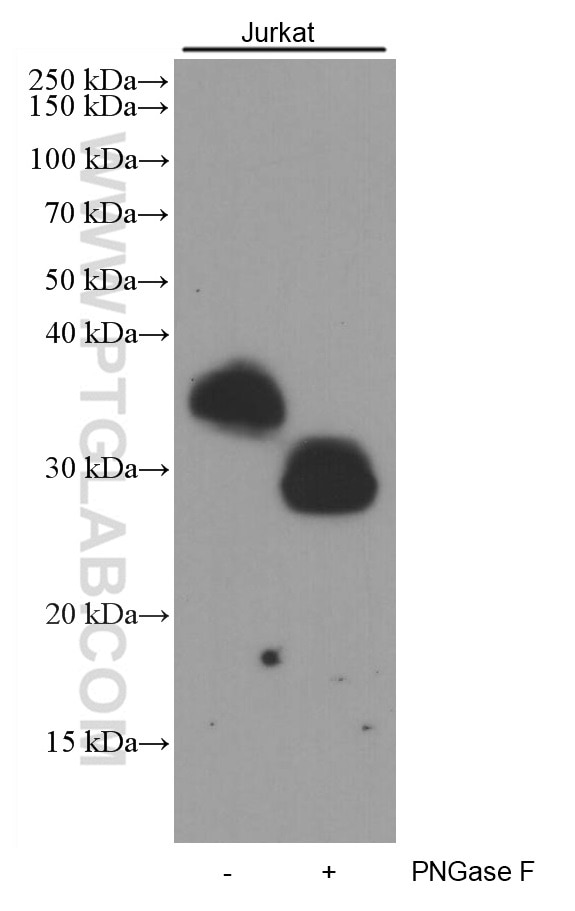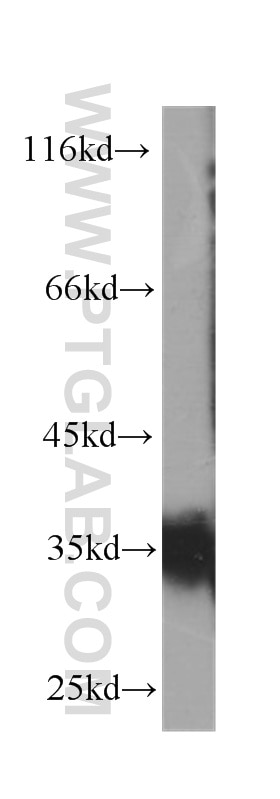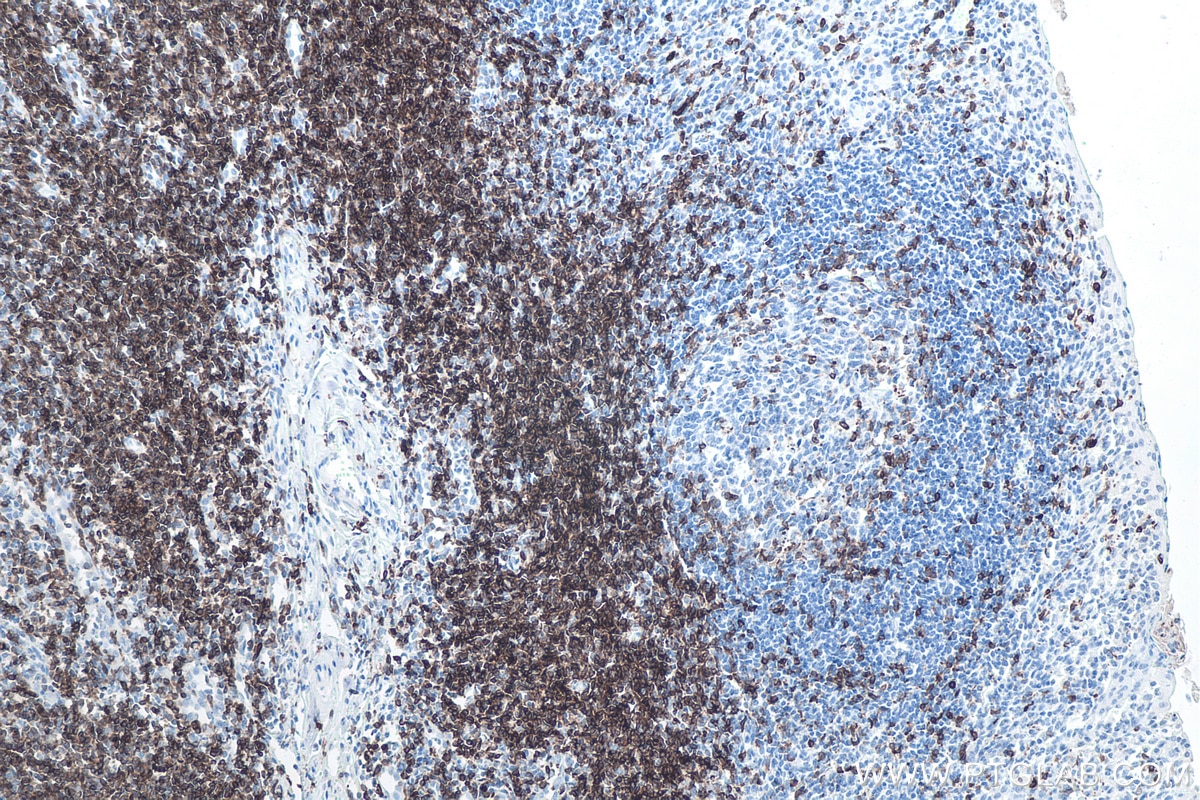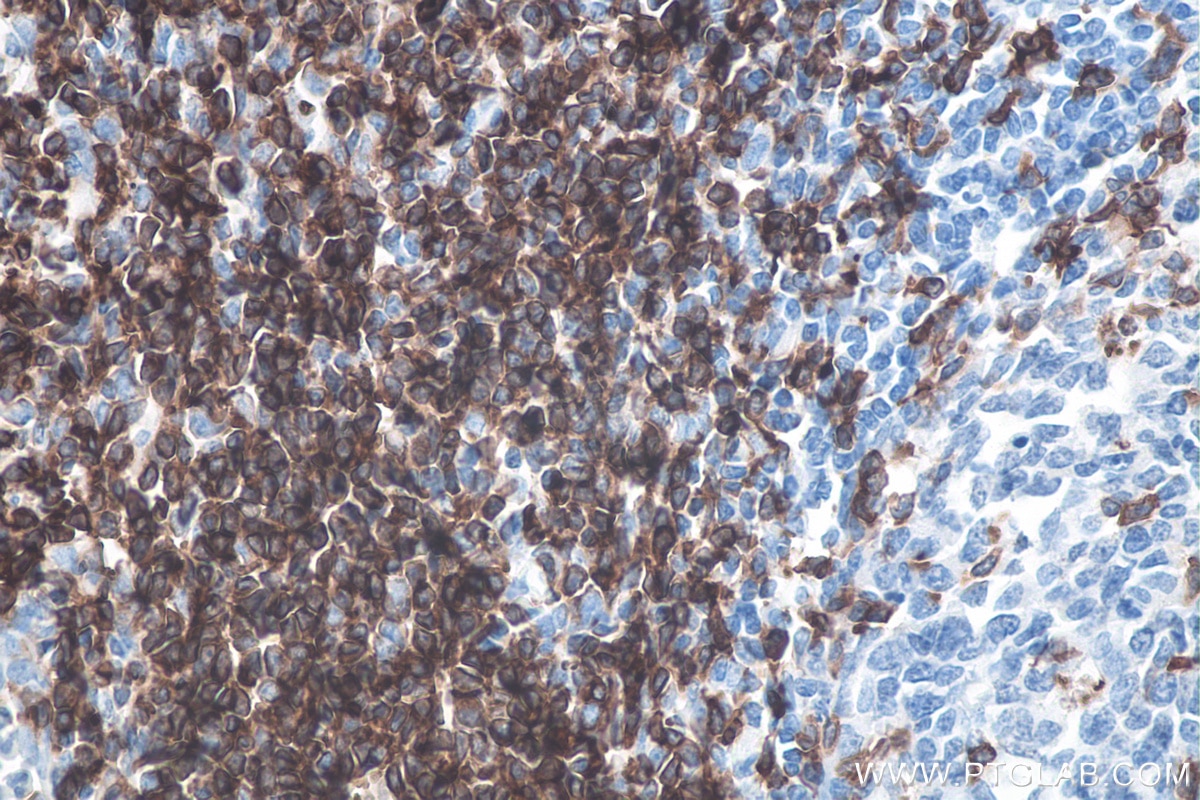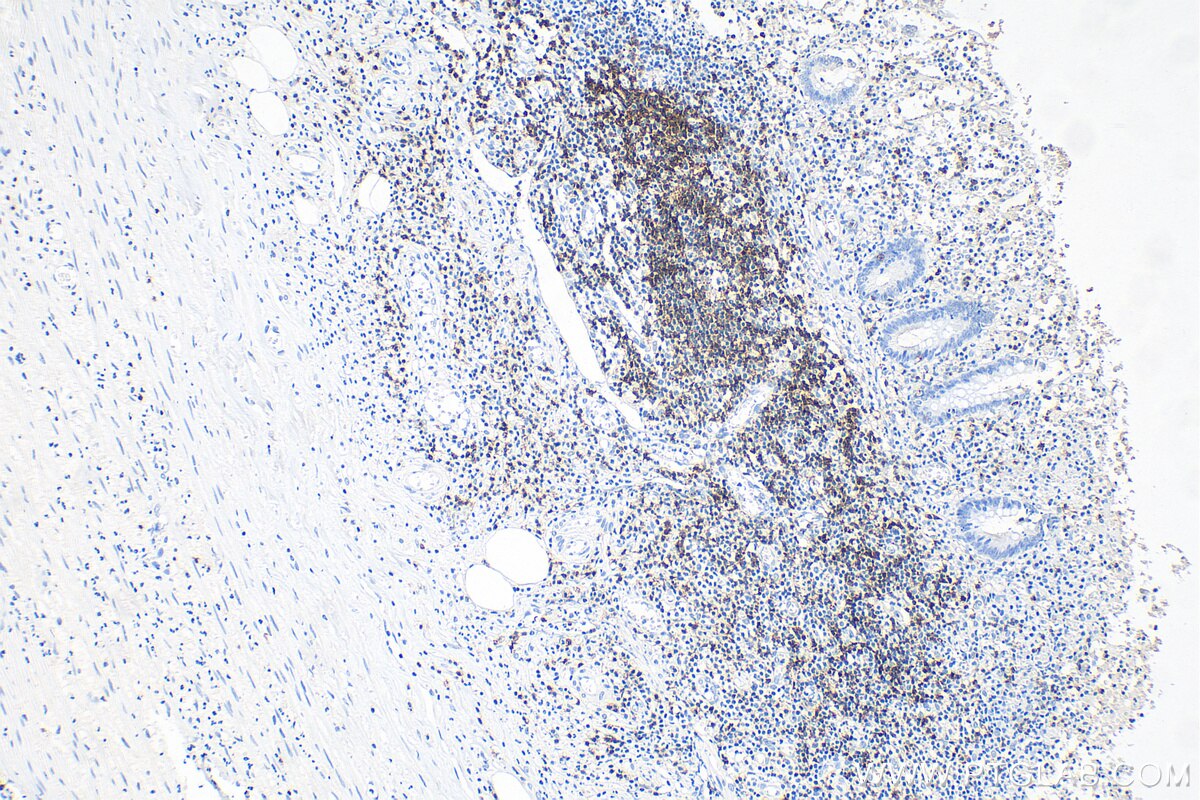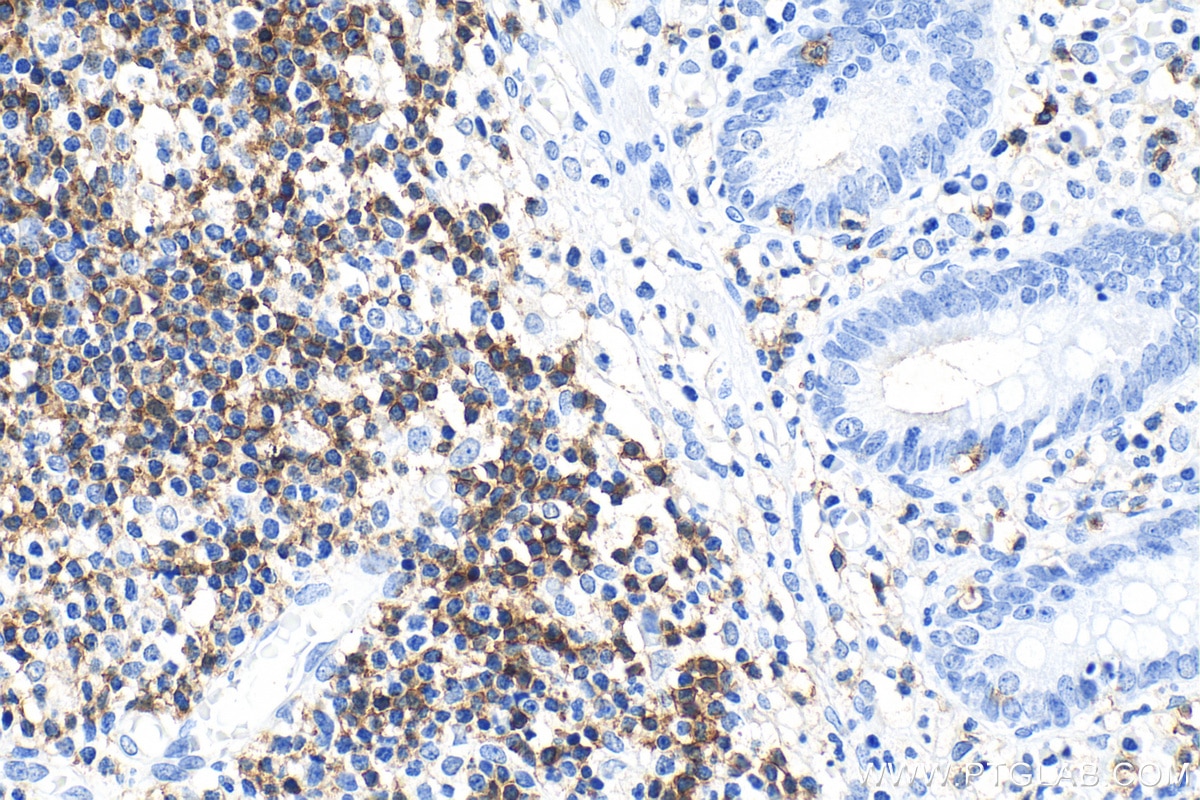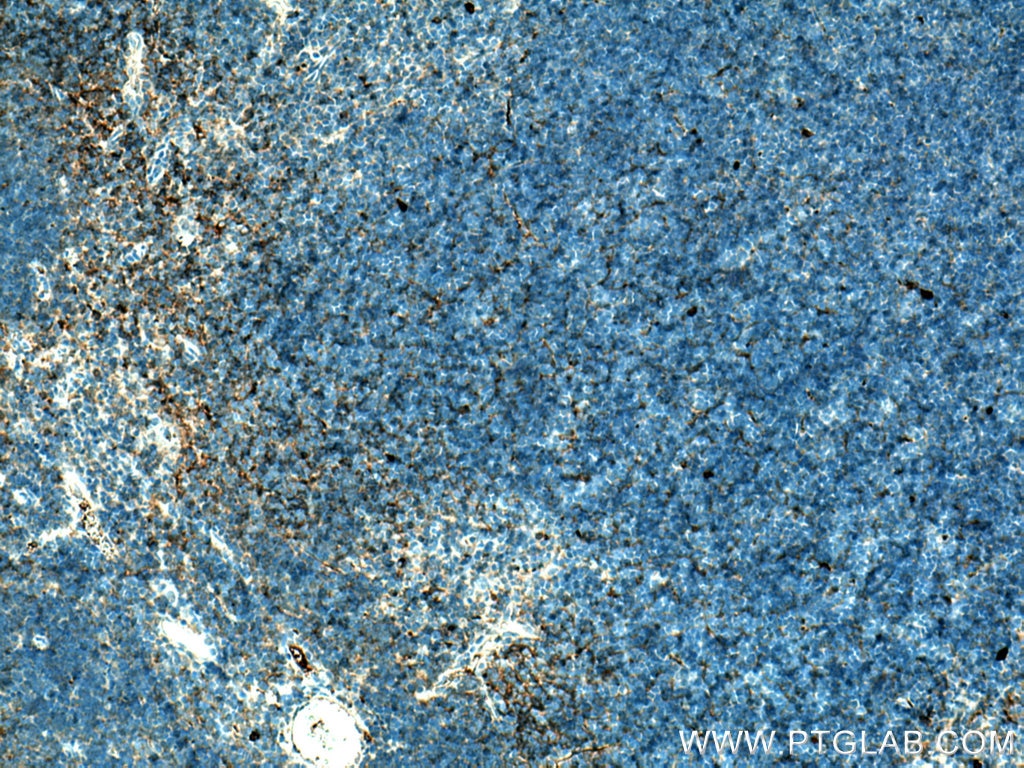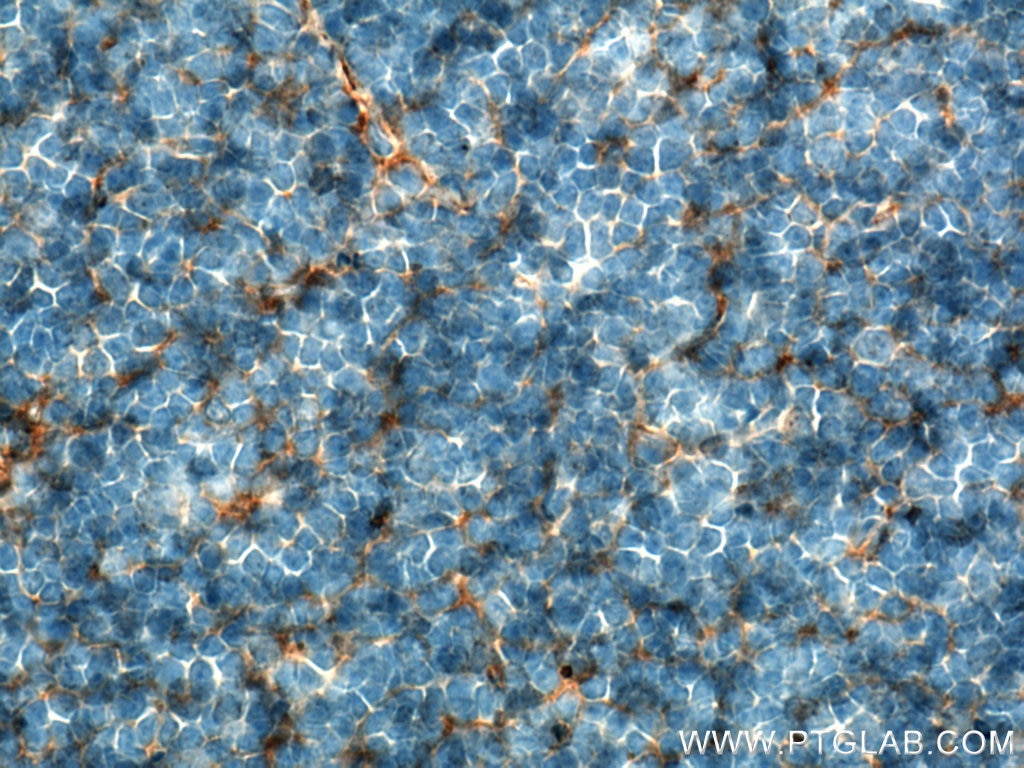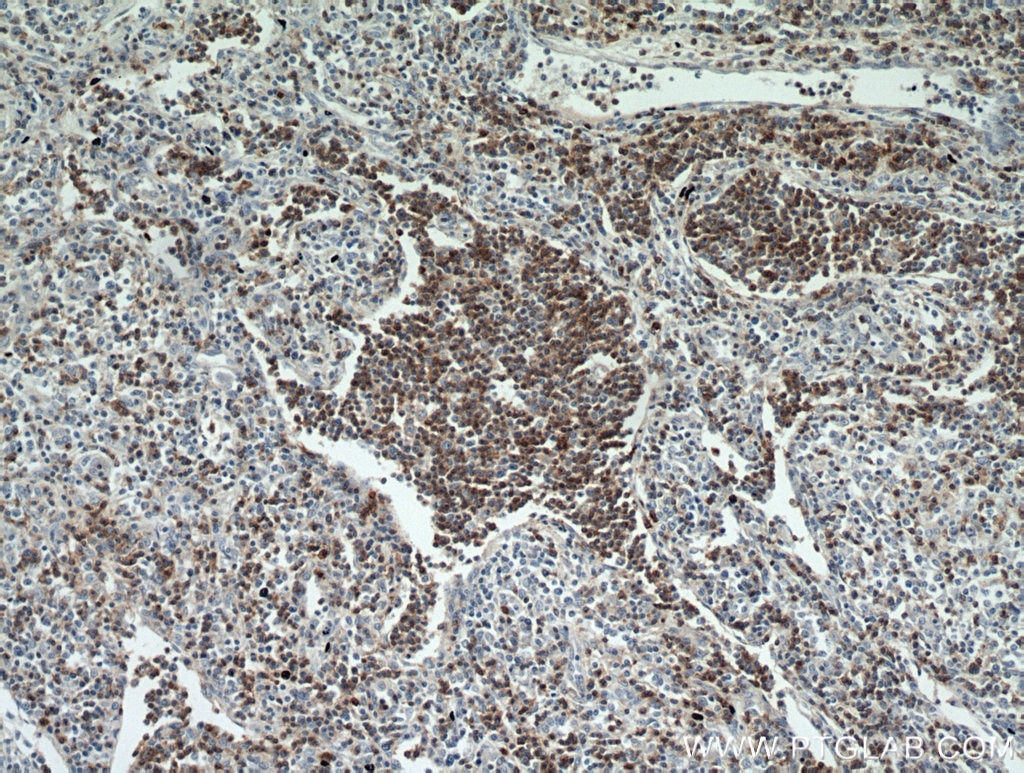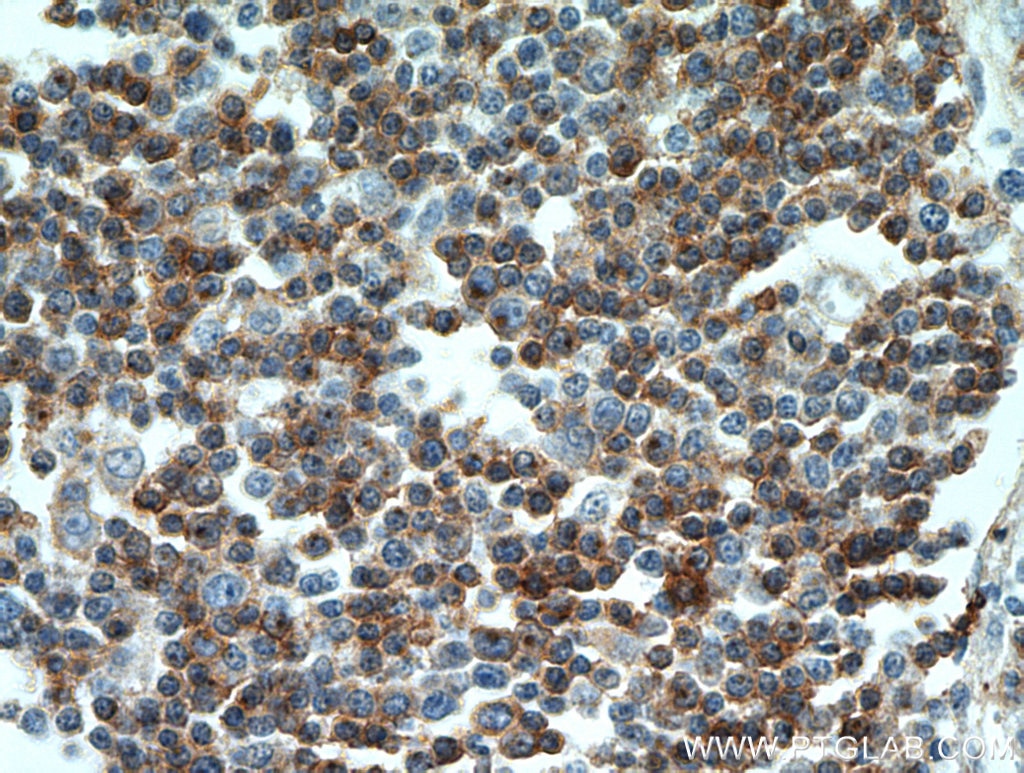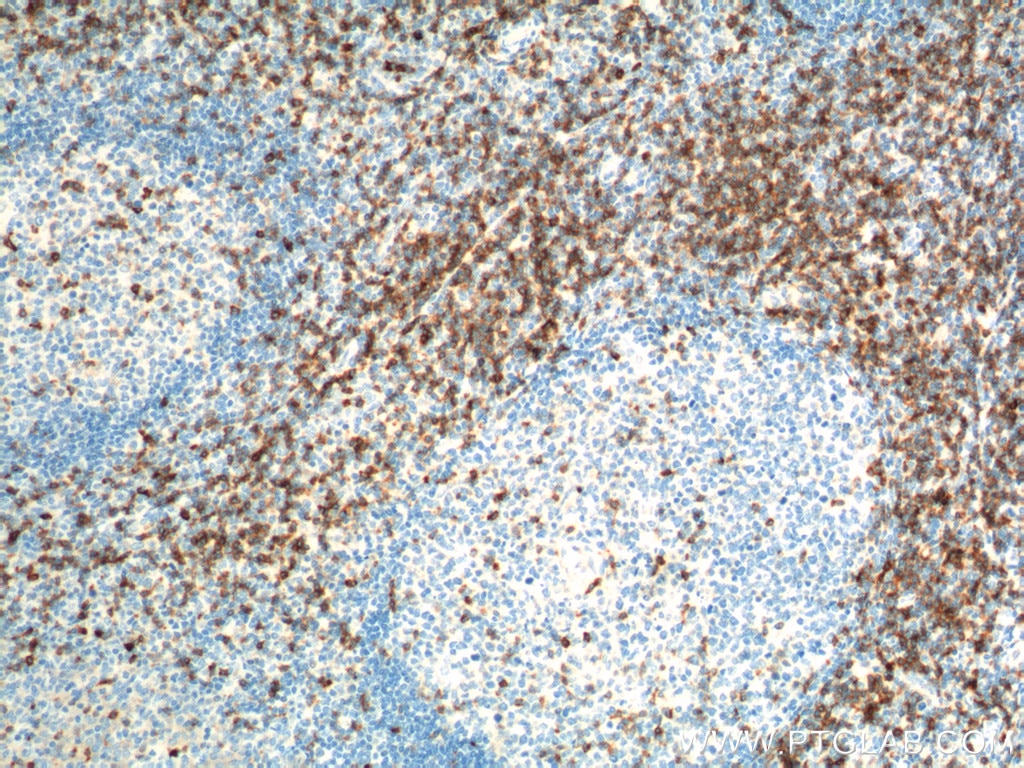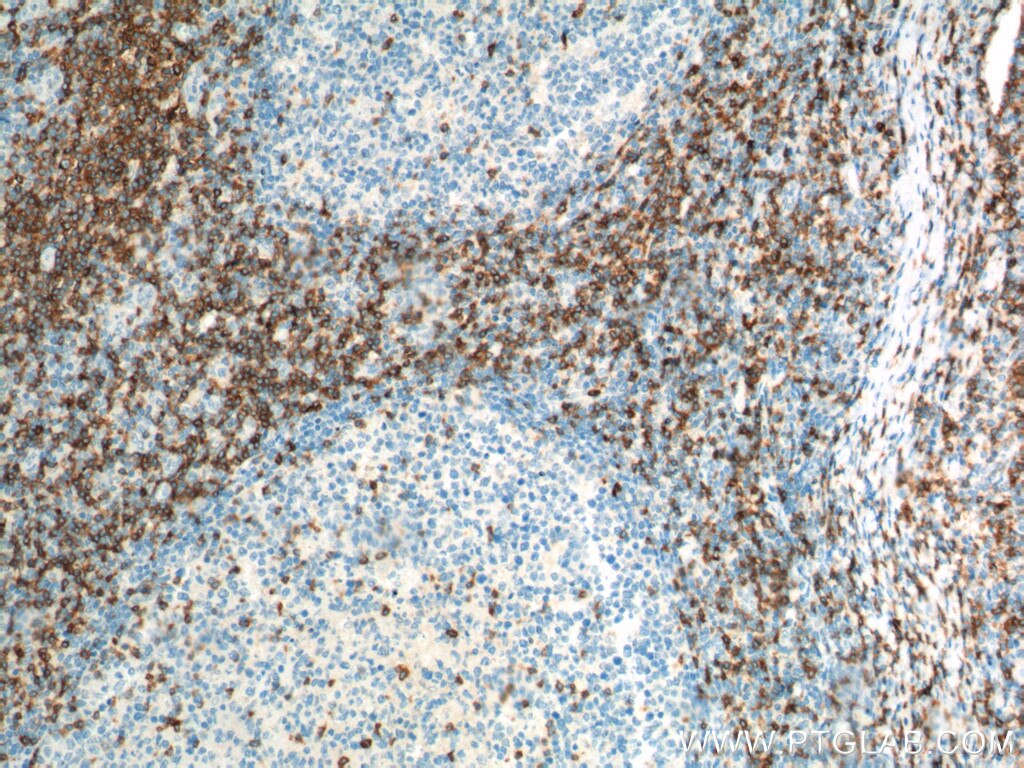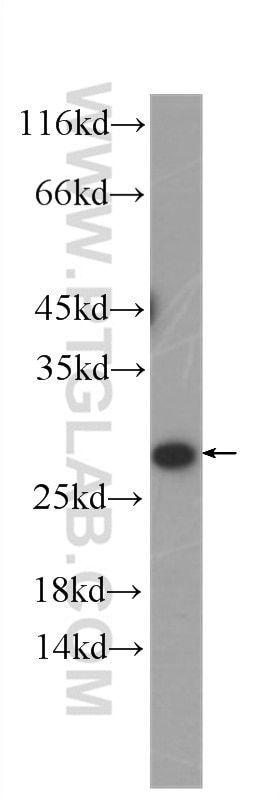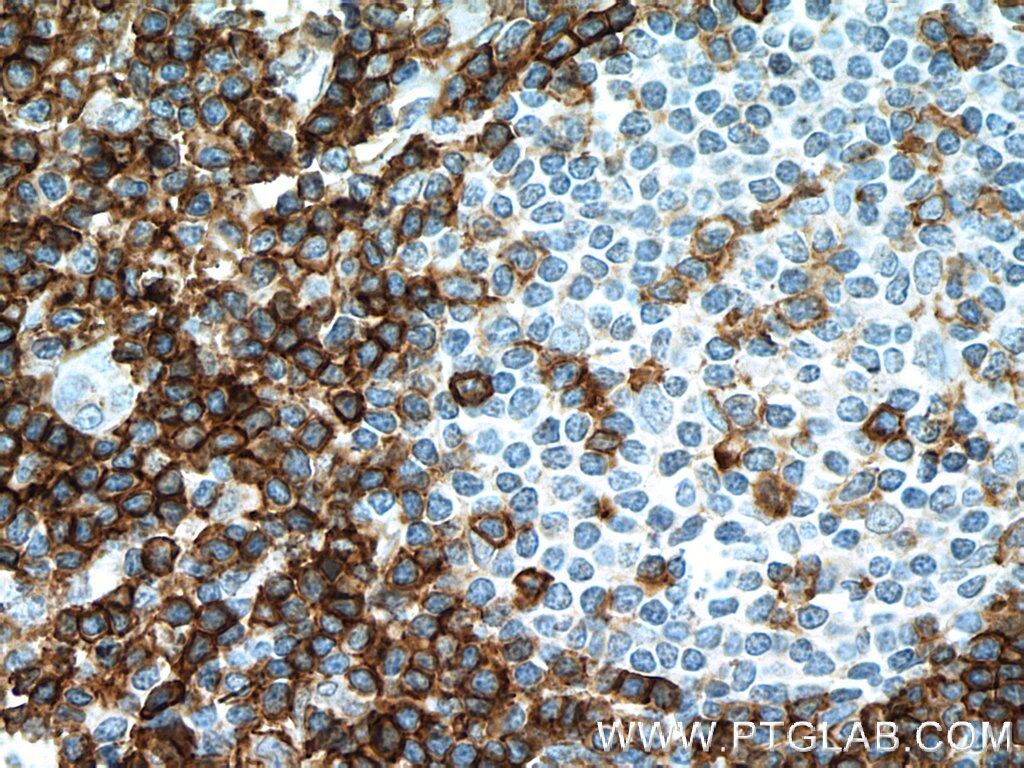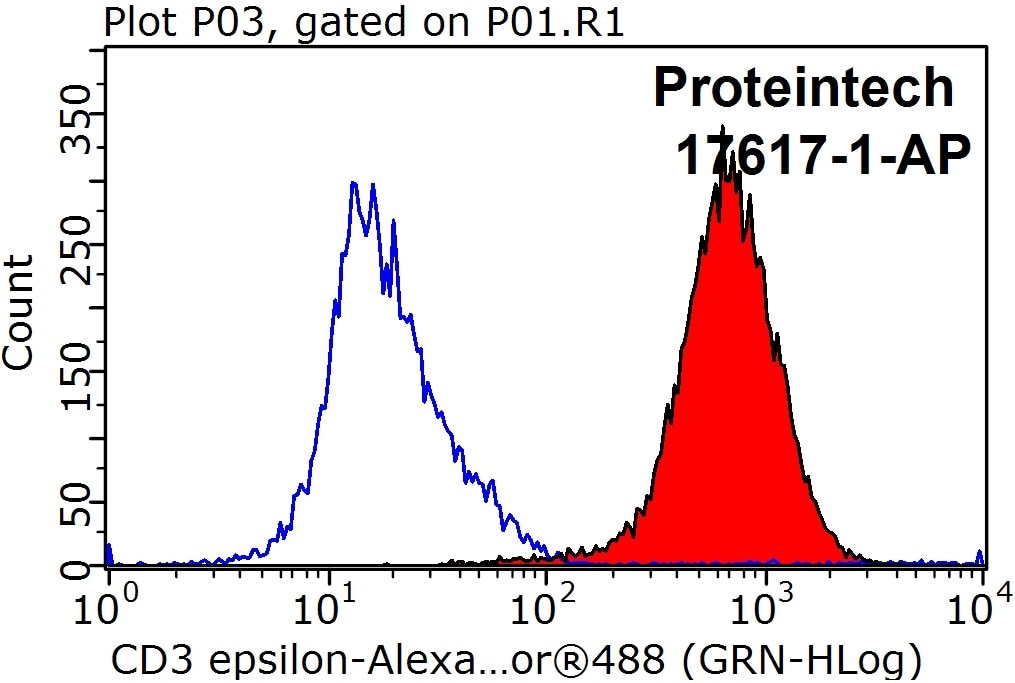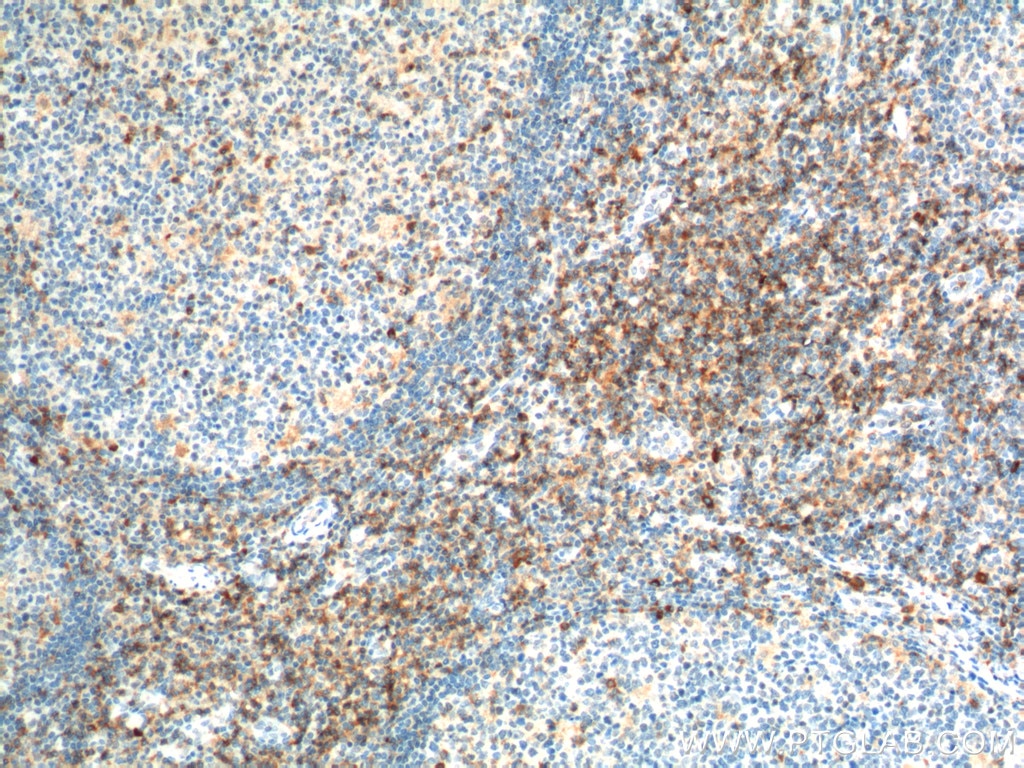CD7 Monoklonaler Antikörper
CD7 Monoklonal Antikörper für IHC, WB, ELISA
Wirt / Isotyp
Maus / IgG1
Getestete Reaktivität
human, Maus
Anwendung
WB, IHC, ELISA
Konjugation
Unkonjugiert
CloneNo.
2A4E6
Kat-Nr. : 60209-2-Ig
Synonyme
Galerie der Validierungsdaten
Geprüfte Anwendungen
| Erfolgreiche Detektion in WB | Jurkat-Zellen |
| Erfolgreiche Detektion in IHC | humanes Tonsillitisgewebe, humanes Appendizitis-Gewebe, humanes Lymphomgewebe, Maus-Thymusgewebe Hinweis: Antigendemaskierung mit TE-Puffer pH 9,0 empfohlen. (*) Wahlweise kann die Antigendemaskierung auch mit Citratpuffer pH 6,0 erfolgen. |
Empfohlene Verdünnung
| Anwendung | Verdünnung |
|---|---|
| Western Blot (WB) | WB : 1:1000-1:4000 |
| Immunhistochemie (IHC) | IHC : 1:1000-1:4000 |
| It is recommended that this reagent should be titrated in each testing system to obtain optimal results. | |
| Sample-dependent, check data in validation data gallery | |
Produktinformation
60209-2-Ig bindet in WB, IHC, ELISA CD7 und zeigt Reaktivität mit human, Maus
| Getestete Reaktivität | human, Maus |
| Wirt / Isotyp | Maus / IgG1 |
| Klonalität | Monoklonal |
| Typ | Antikörper |
| Immunogen | CD7 fusion protein Ag1805 |
| Vollständiger Name | CD7 molecule |
| Berechnetes Molekulargewicht | 240 aa, 25 kDa |
| Beobachtetes Molekulargewicht | 34 kDa |
| GenBank-Zugangsnummer | BC009293 |
| Gene symbol | CD7 |
| Gene ID (NCBI) | 924 |
| Konjugation | Unkonjugiert |
| Form | Liquid |
| Reinigungsmethode | Protein-A-Reinigung |
| Lagerungspuffer | PBS mit 0.02% Natriumazid und 50% Glycerin pH 7.3. |
| Lagerungsbedingungen | Bei -20°C lagern. Nach dem Versand ein Jahr lang stabil Aliquotieren ist bei -20oC Lagerung nicht notwendig. 20ul Größen enthalten 0,1% BSA. |
Hintergrundinformationen
CD7 is a type I transmembrane glycoprotein expressed on thymocytes and mature T cells. It is the most reliable clinical marker of T-cell acute lymphocytic leukemia.
Protokolle
| Produktspezifische Protokolle | |
|---|---|
| WB protocol for CD7 antibody 60209-2-Ig | Protokoll herunterladen |
| IHC protocol for CD7 antibody 60209-2-Ig | Protokoll herunterladen |
| Standard-Protokolle | |
|---|---|
| Klicken Sie hier, um unsere Standardprotokolle anzuzeigen |
